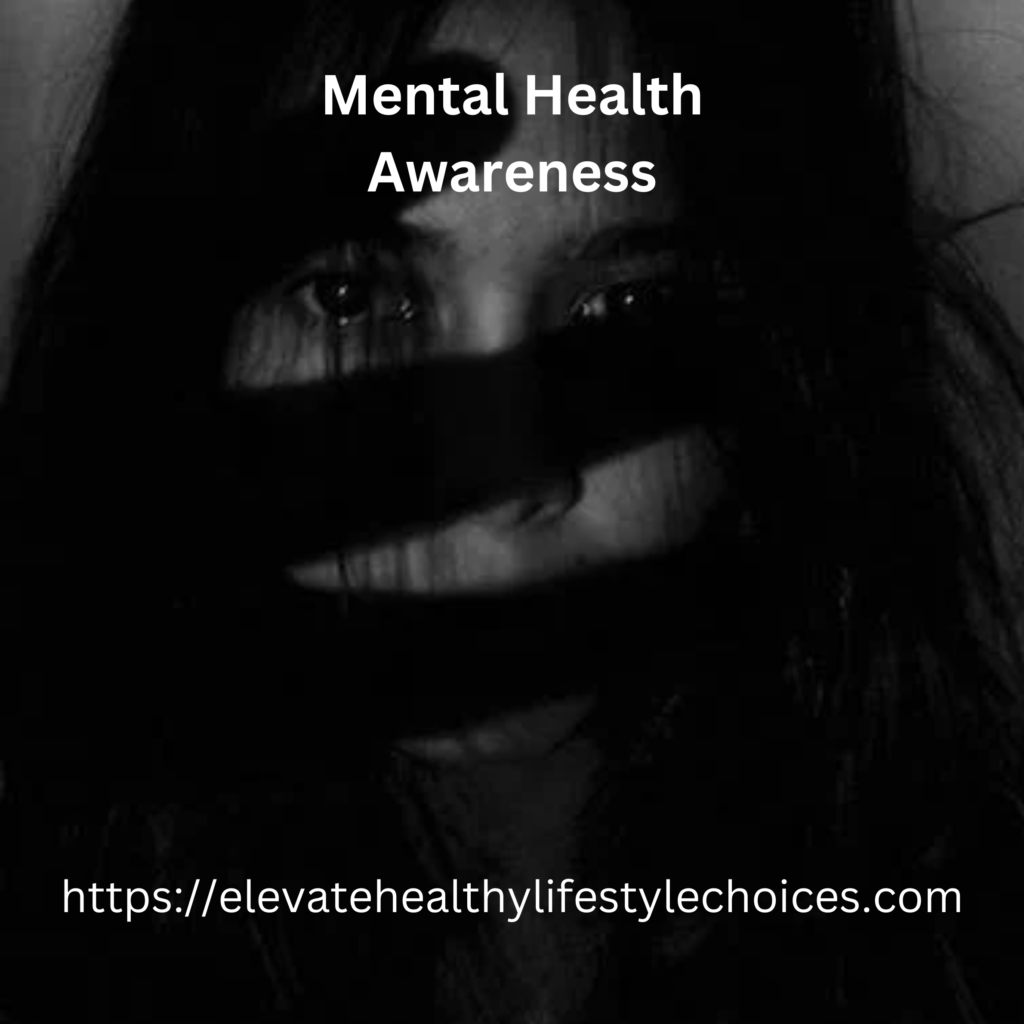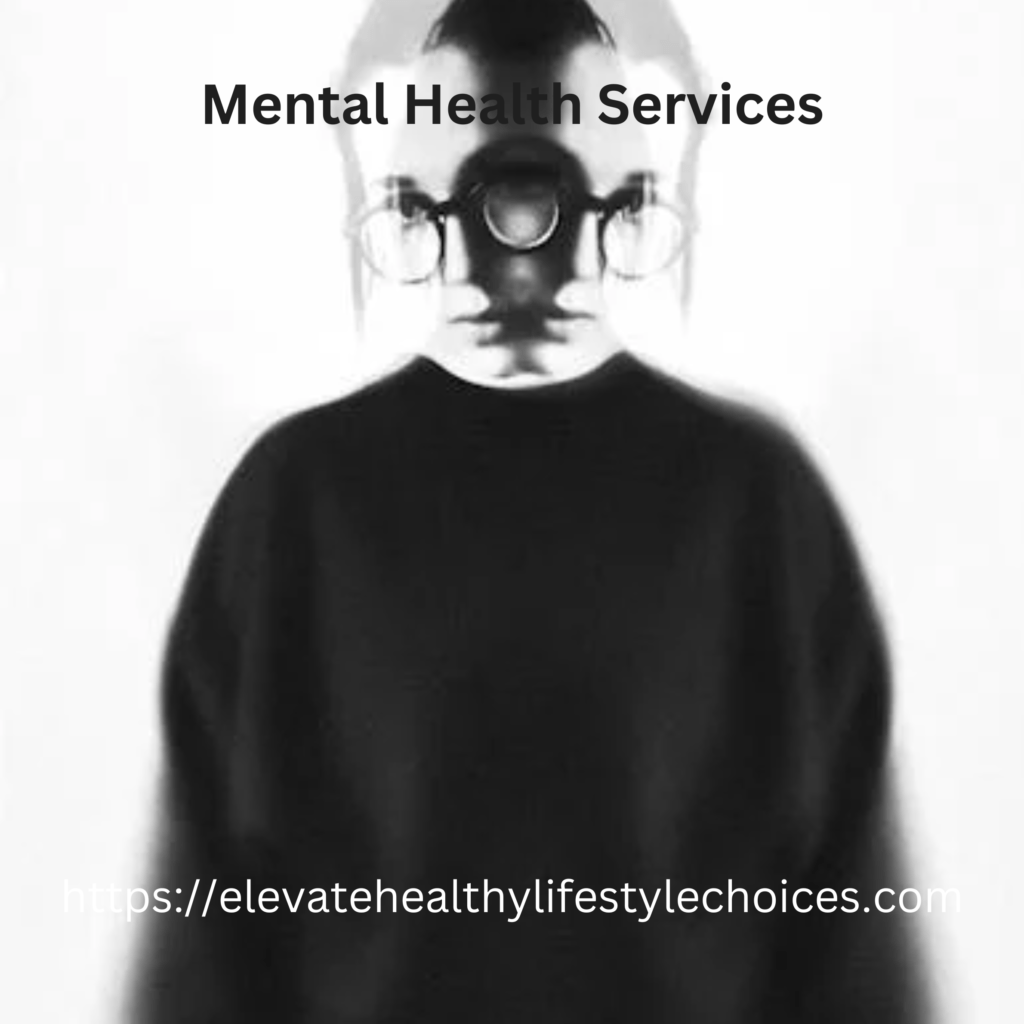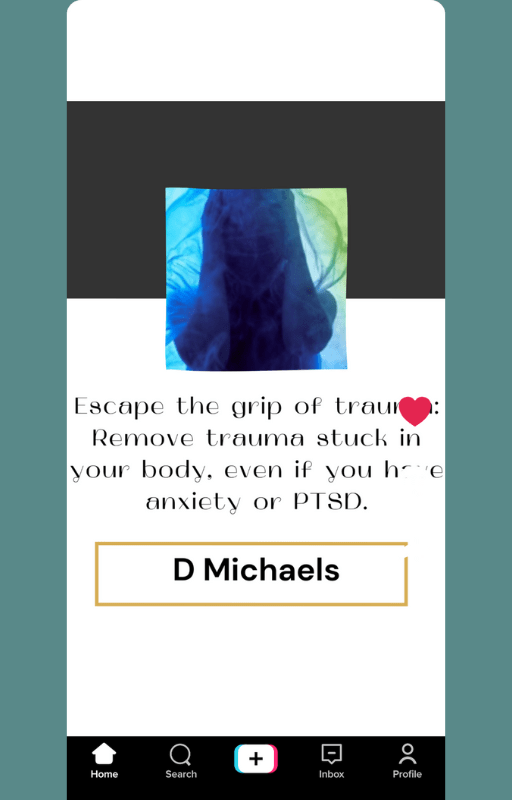The graveness of mental health in our world today can no longer be overlooked or overemphasized. WHO (the World Health Organization) states that one in four people worldwide will be affected by mental or neurological disorders at some point in their lives.
Despite the regularity of mental health challenges, lack of awareness and shame often cover these issues in silence. In this blog post, let´s dive into the numbers, highlight key points, and explore actionable solutions to pave the way for a mentally healthier world.
<<< Find out about trauma and mental health awareness here >>>
The Silent Epidemic: Mental Health Statistics Unveiled
According to statistics from WHO, one in 9 people, or 970 million people around the world, lived with a mental disorder in 2019, making mental health one of the leading causes of disability worldwide. The likelihood of these numbers going up is high.
Even the National Alliance on Mental Illness (NAMI) found that one in six U.S. youth between the ages of 6-17 experience a mental health disorder each year. Also, the American Institute of Stress reports that job-related stress is the leading source for American adults, with 94% reporting stress on the job.
These staggering statistics underline the urgency of confronting mental health on multiple fronts-from childhood to the workplace.
<<< Free Yourself From Trauma >>>

Destigmatizing Mental Health
Too many people find themselves trapped by the menacing, relentless grip of mental health conditions. They are too afraid or ashamed to seek help or show weakness. However, there are many ways to create a positive environment for open dialog and transparency to heal those wounded by mental health issues.
Open Dialog
It is crucial to create an environment where discussing mental health is as natural as discussing physical health. Open conversations reduce the sting of the stigma and help those seeking help to do so without fear or judgment.
Early Intervention and Education
Educating our youth about mental health is paramount to the war against mental health issues. Implementing mental health education in schools empowers children with the know-how and understanding to manage their emotions, laying the foundation for a mentally resilient and powerful future generation.
Accessible Mental Health Services
Governments and private sectors must rise to the challenge and invest in affordable, accessible mental health services. Also, some measures should include providing more mental health professionals, increasing low-cost treatment options, and implementing mental health into primary health systems.
Workplace Well-being Programs
Employers also have a pivotal role in the war against mental health. Companies must prioritize employee well-being, by offering health programs, counseling services, and fostering a healthy work-life balance in their places of establishment. Companies can significantly benefit from these implementations as they help increase productivity and reduce absenteeism. That is a win-win for both employees and companies.
Solutions: Nurturing Minds for a brighter future
Community Support: The fight against mental health
It is crucial to build robust community support for those facing mental health challenges. Support groups, community-based organizations, and online forums can provide a sense of understanding and belonging.
Technological Support for Mental Health
Technology expands the reach of mental health resources and includes those in remote areas, ensuring that help is only a click away. Mental health apps, online counseling, and teletherapy can be powerful tools for combating mental health challenges.
Government initiatives
Governments have a decisive role to play. They can offer mental health programs and hold public campaigns to raise awareness and create new policies, that prioritize mental health as a major component of overall well-being.

Unmasking the Silent Culprit: How Untreated Trauma Affects Your Mental Health
Trauma is becoming more common in our society today. It is not uncommon for individuals to experience traumatic events that leave lasting imprints on their mental health. Trauma can become an unwanted, insidious force that lingers in the body, rearing its ugly head in various forms and wreaking havoc on one`s general well-being. It is dangerous to leave trauma untreated. Trauma can become trapped and remain deeply embedded in your body.
Trauma can occur from a single event (violent physical attack, rape) or prolonged exposure (domestic violence, sexual or physical child abuse) to stress. These traumatic conditions, no doubt, can have lasting and profound effects on an individual´s mental health. It can manifest as anxiety, depression, or even post-traumatic stress disorder (PTSD).
The Body´s Storage of Trauma
Trauma doesn´t only affect the mind; it can become lodged in the body, creating a breeding ground for physical illnesses. Don´t underestimate the mind-body connection because it is powerful when trauma enters and remains unattended; it can contribute to a host of health issues, from persistent chronic pain to debilitating autoimmune disorders.
Scientific studies, such as those from the National Institute of Mental Health (NIMH), shed light on how trauma becomes physically embedded.
Picture this: your body acting as a vessel, storing memories and emotions like a sponge absorbing water. When a traumatic event occurs, the body may not fully process and release the associated emotions. Instead, the trauma can get stuck in tissues, muscles, and the nervous system, creating a never-ending cycle of stress, pain, and tension.
This stored trauma can then manifest as physical symptoms, ranging from headaches and digestive issues to more severe conditions like fibromyalgia. The Centers for Disease Control and Prevention (CDC) reports that individuals who have experienced trauma are more likely to develop chronic health conditions, including cardiovascular diseases and autoimmune disorders.
The American Psychosomatic Society reinforces these findings, emphasizing how untreated trauma can significantly increase the risk of developing physical illnesses later in life.
Breaking the chains: Seeking Treatment for Trauma
The evidence is screaming in our faces to the point where it is difficult to ignore. The good news is that the impact of trauma doesn´t have to be a lifelong sentence. Statistics from the Substance Abuse and Mental Health Services Administration (SAMHSA) accentuate the importance of seeking treatment. Unfortunately, only a fraction of those who experience trauma seek professional help despite effective therapies and interventions being available.
Seeking treatment is the key to breaking free from the chains that bind your mental and physical well-being. Therapy, counseling, and other trauma-focused interventions can help individuals process and release trauma, providing a pathway to healing. The resilience of the human spirit is evident in those who choose to confront their trauma and refuse to be victims of it.
Why Treatment Matters
Ignoring the signs of trauma can lead to a flood of debilitating effects on both mental and physical health. By seeking treatment, you not only address the root cause of your struggles; you empower yourself to regain control of your life. The benefits of trauma go beyond symptom relief by seeking treatment, you enhance your overall well-being by adopting healthy coping mechanisms to navigate life with resilience and strength.
Conclusion
The hustle and bustle of our modern lives pave the way for mental health issues and crises. Mental health often takes a backseat, overshadowed by the demands of our daily routines. However, statistics reveal a powerful story- one in four US adults grapple with mental health challenges.
The journey towards mental health starts with us. It´s time to prioritize mental health and break the chains of silence surrounding it. By encouraging open and honest conversations, providing effective solutions, and working together as a society, we can create a future where mental wellness is a priority for all.
Trauma is a silent yet formidable force that can cast a shadow over mental and physical well-being. The statistics presented here showcase the urgency of tackling it head-on. Acknowledging its presence and seeking treatment is a brave and necessary step toward reclaiming a life of balance, resilience, and wellness.
So, let the evidence guide you-reach out, seek help, and embark on the scientifically-supported journey toward holistic healing starting today. Let´s nurture our minds, support one another, and work towards creating a world where mental health is not just a priority, but a fundamental right for all. Together, we can build a brighter and healthier future for generations to come.
FAQ
1. What are some common signs of mental health issues?
Answer: Some signals of mental health issues include constant feelings of sadness or anxiety, disruptions in sleep or appetite, poor concentration, increasing withdrawal from social activities, faulty perception, and a decrease in energy levels. Mental health experiences vary from individual to individual, and seeking professional help is crucial if these symptoms persist.
2. How can I support a friend or family member struggling with mental health issues?
Answer: Someone suffering from mental health issues will need your support in active listening, with lots of encouragement on your part, offering empathy, and providing a safe environment for them to share their perspective with you without judgment or shaming. Educate yourself and be patient. Encourage open dialog and help them contact mental health professionals and the correct support groups.
3. What is trauma, and can it lead to PTSD?
Answer: Trauma refers to a distressing experience that overwhelms an individual´s ability to cope. Post-Traumatic Stress Disorder (PTSD) can develop after exposure to a traumatic event, causing persistent symptoms such as flashbacks, nightmares, and heightened anxiety. The brain´s response to trauma can result in lasting changes that contribute to the development of PTSD.
4. Can PTSD be treated, and what interventions are readily available now?
Answer: The good news is that PTSD is treatable. Therapeutic interventions, such as CBT (cognitive-behavioral therapy) and eye movement desensitization and reprocessing (EMDR), are commonly used to help individuals process and manage traumatic memories. Medications, such as antidepressants, may also be prescribed in some cases. It´s vital to consult with a mental health professional to determine the best treatment plan for you.
You may also like:
How do you fix burnout? | Elevate Healthy Lifestyle Choices
Manage your stress like a boss | Elevate Healthy Lifestyle Choices
How can you make your skin glow? | Elevate Healthy Lifestyle Choices

